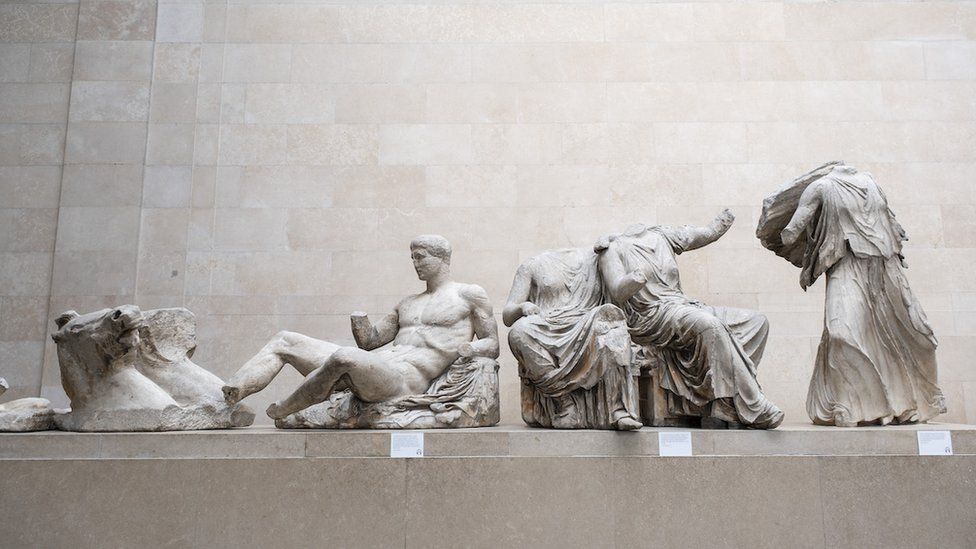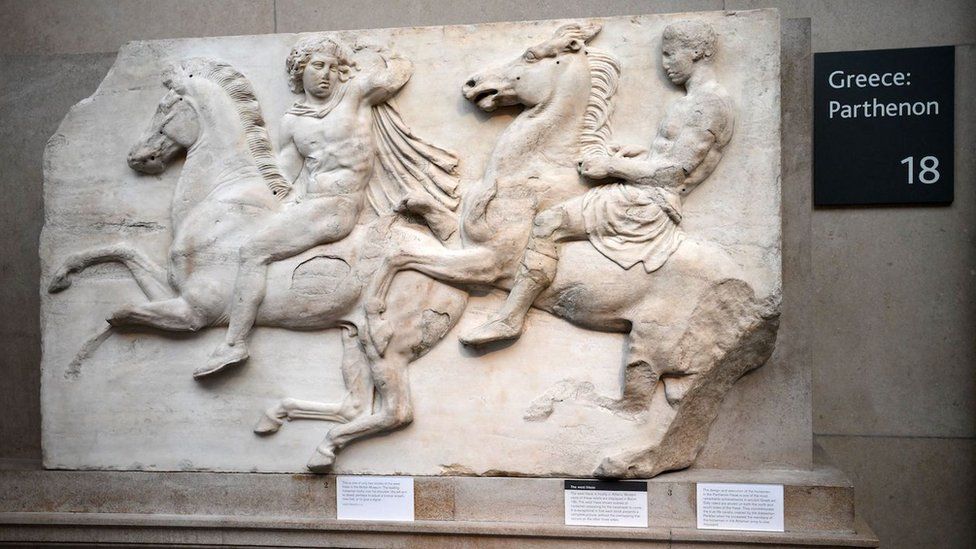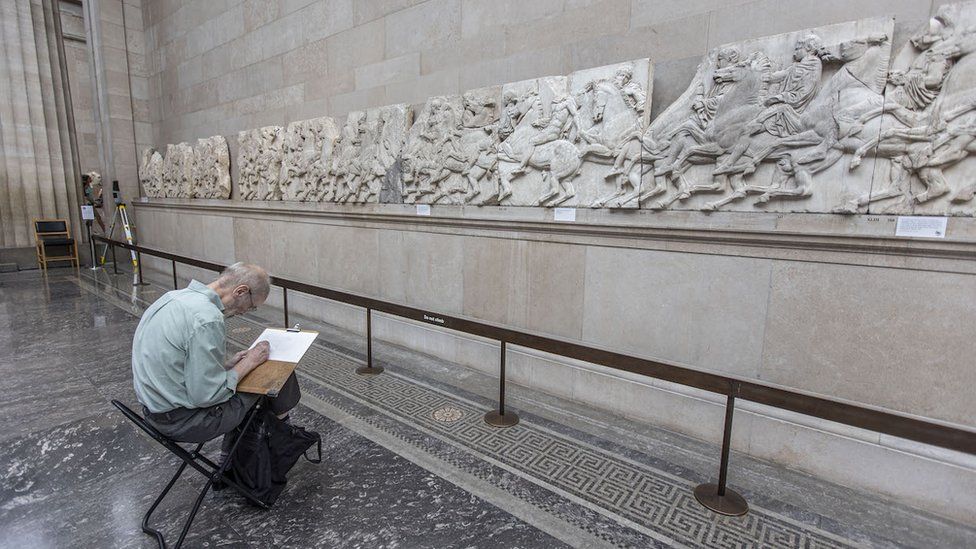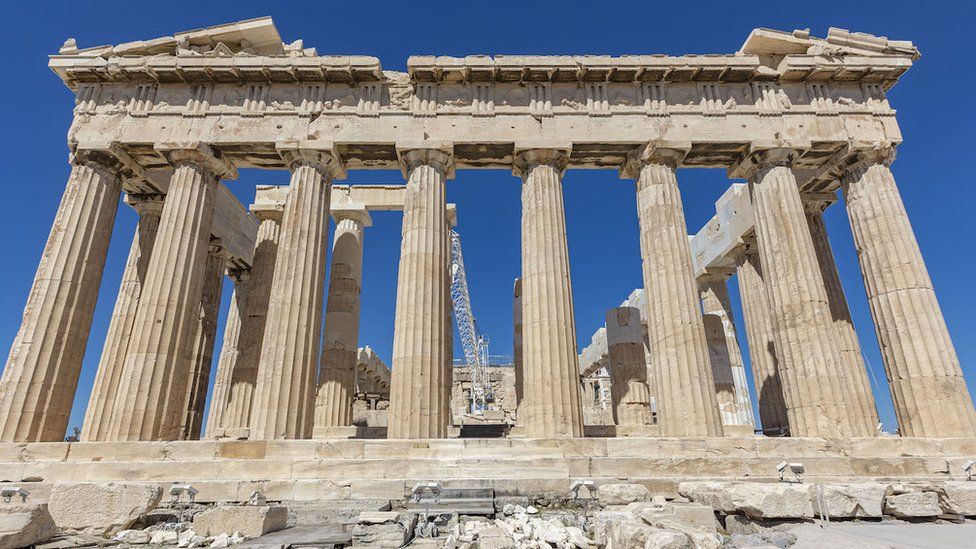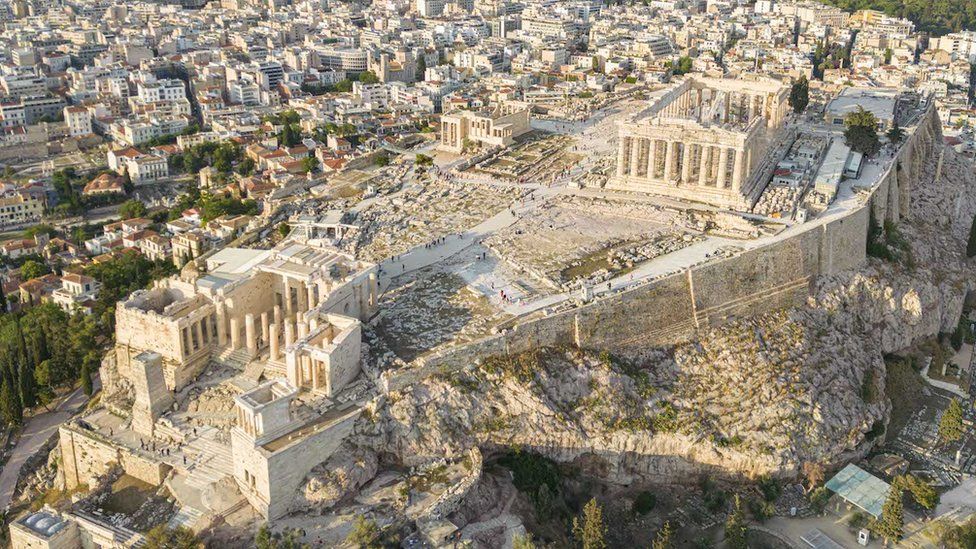Elgin Marbles: What are the Parthenon Sculptures and will Greece get them back?
- Published

A former adviser to the Greek government has told the BBC that a deal that could see the Parthenon Sculptures - also known as the Elgin Marbles - returned to Greece is "close."
The Greek Prime Minister Kyriakos Mitsotakis met with UK Prime Minister Sir Keir Starmer today. An official account of the meeting released by Downing Street made no mention of the issue, though Greece's public broadcaster ERT claimed it had been.
The Parthenon Sculptures have caused controversy for decades, as Greek and British politicians have repeatedly clashed over the ancient artefacts' rightful home.
Related topics
- Published3 December 2024
Related internet links
The BBC is not responsible for the content of external sites.
